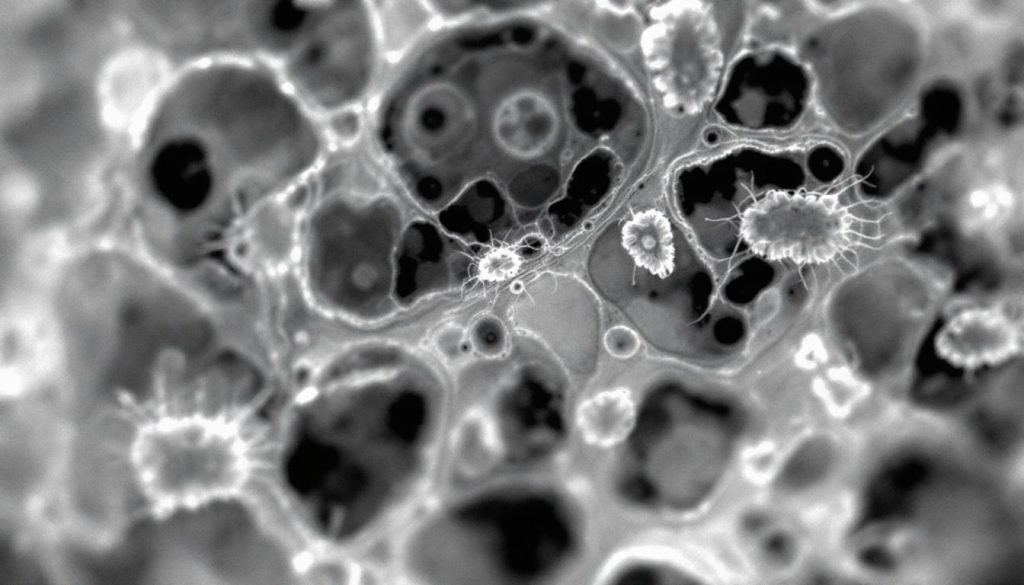Scientists at the Stowers Institute for Medical Research have made a notable breakthrough that could alter the future of hearing loss treatment. Traditionally, hearing loss has been considered largely irreversible, with existing medical approaches focusing on compensatory devices like hearing aids or cochlear implants. However, new research involving zebrafish (Danio rerio) has demonstrated that sensory hair cells responsible for detecting sound can regenerate not through cell division, as previously believed, but by direct transformation from other cell types. This discovery suggests alternative regenerative pathways that were previously hidden from scientific scrutiny, offering fresh avenues for therapeutic intervention.
This development challenges the long-standing paradigm that regeneration of sensory hair cells requires stimulating cell division. Previously, experiments showed that blocking cell division halted regeneration, seemingly confirming that cell division was indispensable. However, it was later revealed that the drugs used in these experiments were cytotoxic, killing cells prematurely before transformation could occur. By employing more precise genetic techniques, researchers uncovered a concealed backup mechanism whereby cells transformed directly into hair cells without replication. Notably, different cell types in the sensory organ are regulated by distinct genes: the gene ccnd2a controls division of stem cells maintaining the organ, while ccndx governs progenitor cell division responsible for generating new hair cells. Intriguingly, even when the ccndx gene was disabled, zebrafish could still regenerate hair cells, albeit in reduced numbers, underscoring the importance of this alternative pathway.
Despite these promising findings, the regeneration seen is not without faults. Artificially regenerated cells demonstrated a disruption in polarity—the spatial orientation crucial for accurately detecting the directionality of sound movement. Typically, hair cells orient in opposing directions to capture a comprehensive auditory landscape. In the regeneration pathway involving direct transformation, however, over 70% of hair cells were oriented similarly, which could create auditory blind spots. This orientation issue highlights that cell division does more than augment cell quantity; it also helps distribute positional signals necessary for correct hair cell alignment. Hence, while direct transformation offers a simpler and less invasive approach than inducing cell division, achieving precise orientation remains a significant hurdle.
Although this research has so far been conducted exclusively on zebrafish, it holds substantial implications for human medical science. Mammals, including humans, naturally lack the ability to regenerate sensory hair cells, contributing to the permanence of many hearing impairments. If scientists can safely harness and replicate the direct transformation mechanism in human ears, it could herald a major advance in hearing restoration. Current gene therapy techniques have begun to address some forms of deafness, but the full regeneration of sensory hair cells remains an unmet challenge. Success will require a nuanced understanding of the gene networks involved, as regeneration demands coordinated activity across multiple genes rather than the activation of a single genetic switch.
Complementing these findings, additional research reveals that transcription factor families such as Sox and Six play a collaborative role in activating hair cell regeneration in zebrafish, hinting at possible genetic targets for future therapies. Moreover, studies emphasize that this regenerative capacity involves complex gene cascades rather than isolated genetic factors, which complicates but also enriches the prospects for therapeutic translation. Research in related fields, including studies on heart and skeletal regeneration, further illustrates the diverse roles of genes like ccnd2a in tissue repair, reinforcing the broader biological relevance of these mechanisms.
In summary, while practical applications in human medicine remain on the horizon, the discovery of an alternative cellular transformation pathway for hair cell regeneration broadens the understanding of sensory cell biology and opens new research directions. This insight extends hope that, bolstered by gene engineering and regenerative biology, hearing loss may someday become treatable beyond current compensatory methods, translating the humble regenerative prowess of a tiny fish into medical miracles for humans.
📌 Reference Map:
- Paragraph 1 – [1], [2], [3]
- Paragraph 2 – [1], [5], [2]
- Paragraph 3 – [1], [5]
- Paragraph 4 – [1], [2], [4]
- Paragraph 5 – [4], [6], [7]
Source: Noah Wire Services

